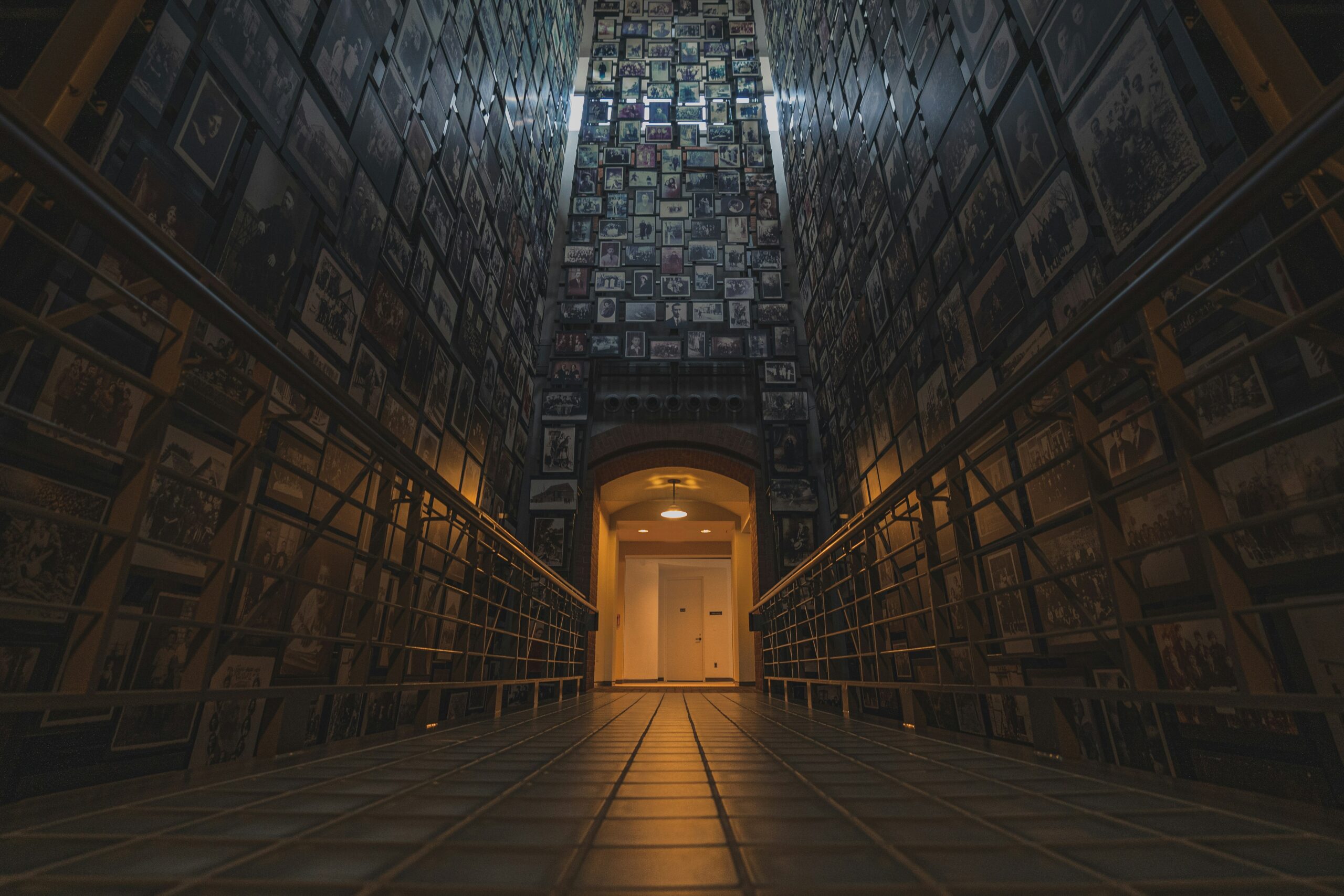Setting the cinematic standard for an adaptation of a play by William Shakespeare, Franco Zeffirelli’s Romeo and Juliet received accolades aplenty when it was released in the fall of 1968. It seemed to have the hallmarks of a faithful literary adaptation from the beloved Bard, and its setting in modern Italy, using location shooting as a further stamp of authenticity, was to become the backdrop of the many sumptuous and sensuous scenes that brought Shakespeare to new and vivid life. This was a film of which Shakespeare himself might have been proud, resplendent with a young, vigorous cast, and for many of them it was the beginning of a glorious career—or a sudden pinnacle to be descended slowly and with increasing levels of flameout, leading to dark and distant obscurity (for some actors claw their ways to the top, most never make it there, and a few start there and begin falling).
But the fates of these actors is by the way when their collective efforts created so entertaining a film, and an adaptation as authentic as any that had preceded it. The actors, especially the leads as played by Leonard Whiting and Olivia Hussey, look as young as the children with which Shakespeare peopled his manuscript; their looks have the vital freshness, and the unwitting, idealistic innocence that help embody the characters on the screen. The slight emphasis on the reaction shots throughout the scenes of ardent wooing brings out these looks all the more—the extreme close-up of Juliet as she listens to the honeyed passions of her Romeo at their first meeting, when the audience for the minstrel has left them their own pocket of intimacy, is one that could represent the cast as much as the romanticism of the whole film.
The only substantial quibble that one could make is that the paring down of Shakespeare’s lines leaves out some important portions of the play, such as the killing of Paris and Romeo’s purchase of the poison from the apothecary—both of which the director, Franco Zeffirelli, elided in the interest of cinematic efficiency. This paring down cannot be blamed; it is one more indicator of the difference between a film and a play, and of the immense undertaking of a Shakespeare production put on the screen.
Doublets, hose, codpieces, and rapiers, and the superlative costuming of all the characters, make the film a faithful period re-creation of the world of Shakespeare, so that in Romeo and Juliet that world comes alive, flourishes, and dies with the dark and dampening double-suicide of the last scene, which is of world-historical dramatic significance. Romeo and Juliet, as Shakespeare wrote it, is one of the most beloved stories of romantic tragedy in any language, and a moving testament to the fragility and complexity of all human idealism. And despite slight lapses and a gentle aging over the decades since its release, the cinematic version has done honor to the majesty of its source material, even if it has failed to match the greatness of the play as such. But the greatness of Shakespeare brings up the cinematic question: could any film enhance what the plays already offer—or does the cinema merely change what is offered?


